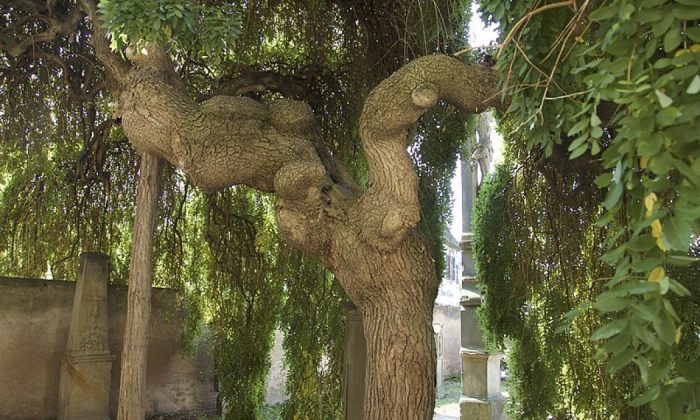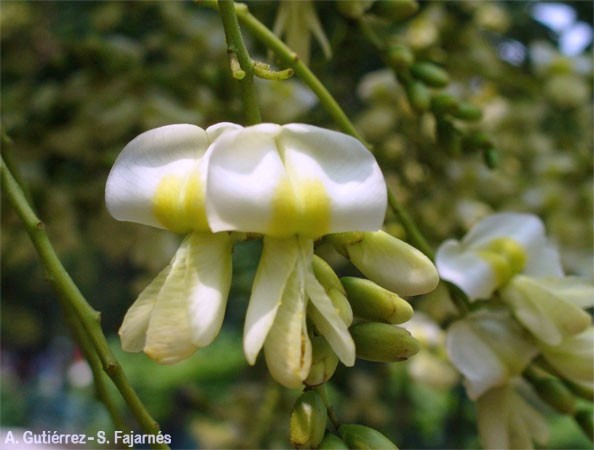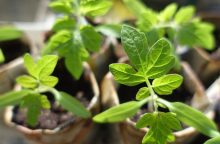Weeping Japanese pagoda tree will add a nice touch to your garden even in winter

Some trees are beautiful in full bloom, others please the eye in winter – by having an interesting shape or bark and this is the tree we want to introduce. It is called the weeping Japanese pagoda tree (Sophora japonica var. pendula). The tree is covered with a green cascading bark and its branches are twisted in a very special way. Weeping Japanese pagoda tree, particularly the ‘pendula’ cultivar, is great for small gardens.
Origin of the tree
This tree is not a well known in our corner of the world but you can find it in some parks. Despite its name, it comes from China and Korea. Chinese medicine use it for its healing properties and for its sacred history – you can often find it near temples. The tree does not produce flowers until fully matured, so if you are impatient, choose the ‘regent’ cultivar. However, both of them do not bloom until August. This makes the tree very different from other trees. Also bees and other insects love it.
Photo: Commons.wikimedia.org
Young trees hate freezing weather
Young plants are susceptible to freezing temperatures. If the tree suffered from a freeze damage, it should sprout again from the roots. Shoots should appear and a new trunk will form from one of those shoots. Older and larger trees can deal with freezing temperatures and even with strong frosts. At the beginning, and if your tree is still tiny, you can plant it in a flower pot so you can move it indoors. Make sure to place it in an unheated room for the winter and keep the soil moist throughout the winter. When the tree gets stronger, you can plant it at its final location.
Site selection
The Japanese pagoda tree prefers a sunny location and a well-drained soil. It likes moist soil but it also hates too much water and shade. This tree is well suited for cities, because it manages pollution well and its roots do not deform pavements. When choosing a site, take into account that an adult tree will grow wide a lot so, you may want to place it at a location where you want to create a shaded area and enjoy it during hot summer days.
Cutting and propagation
No cutting or pruning is required. Old branches are replaced by new ones naturally so you don’t need to intervene in any way. You may propagate it by making cuttings, which should be taken during the summer – preferably sometime at the turn of July and August. Place the cuttings in a well-ventilated greenhouse or similar “housing”. Seeds ripen in November so, you need to wait. You may start sowing in winter. To help germination, soak seeds for 12 hours in hot (not boiling of course) water. You should grow little trees indoors for at least two years before planting them outside.
Preview photo: Commons.wikimedia.org

Gardening is my hobby, I have a lot of experience and I am happy to share it.









0 comments